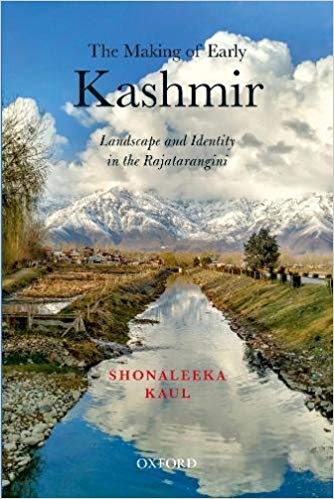Kashmir has often figured in our recent news reports, mainly for the well-known political developments preceded by violence there since last year. Media and academic studies of the region have also increased. But, their historical dimension largely remaining confined to the last eight or so decades, has inevitably affected their conclusions.
The present book looks back to a wider perspective, now largely ignored. It is, in the author’s words, ‘a cultural history/anthropology/geography of early Kashmir’. It is an attempt, she says, ‘to identify and interpret the values and meanings associated with the region’. The period covered in it is till the 12th century. Thus it stops almost a thousand years before the present, which also leaves much uncovered. But a relevant point from her preface is worth reproduction here. It is as follows:
‘Indians know so little about Kashmir, no doubt the result of its complete absence from school and university curricula. The world knows even less, and perhaps only the tales of violence and strife…. for the last 30 years. However, and undoubtedly the saddest of all, many young Kashmiris in the Valley today, reared on a schizophrenic narrative, seemed to know or care the least about the rich origins and legacy of their land.’

